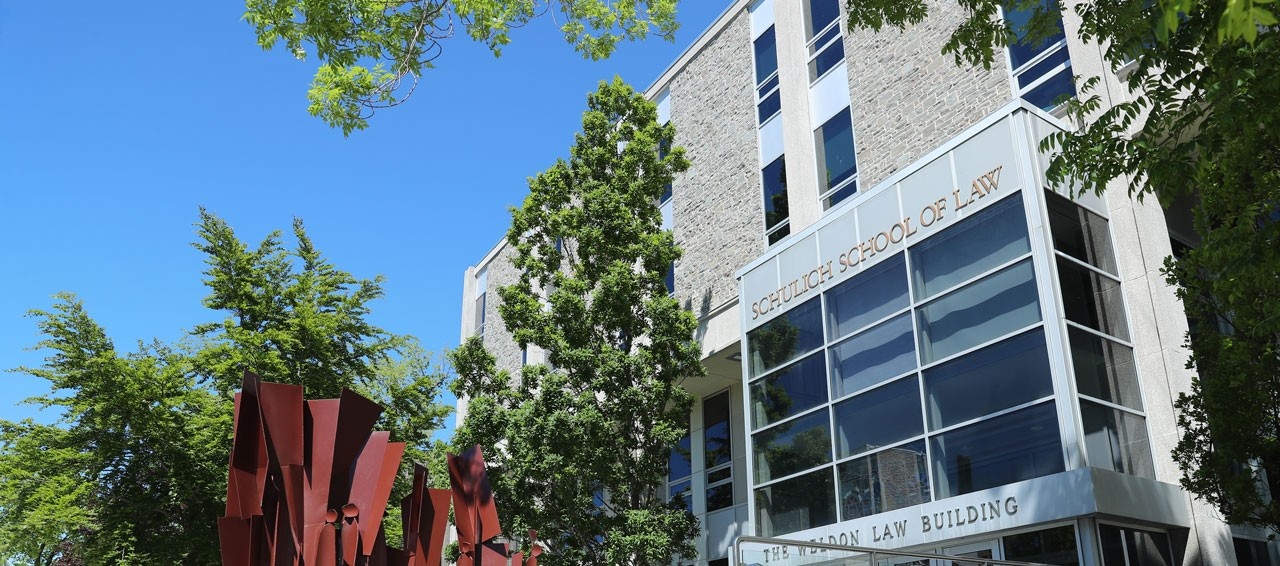Naiomi Metallic
Associate Professor of Law; Chancellor's Chair in Aboriginal Law and Policy; Aboriginal Law Certificate Coordinator

Connect with me
ā¢Ā ā¢ [PDF -867 kB]
ā¢
Email: naiomi.metallic@dal.ca
Phone: 902-494-4500
Mailing Address:
- Aboriginal law
- Indigenous law
- Constitutional law
- Administrative law
- Equality and human rights law
- Diversity in legal education, the legal profession, and the judiciary
Education
- BA (Dalhousie)
- LLB (Dalhousie)
- LLL (Ottawa)
- LLM (Osgoode)
- PhD (Alberta) In progress
Bar admission
- Nova Scotia, 2008
Bio
I hail from the Listuguj Miāgmaq First Nation located on the GaspĆ© Coast of Quebec, known as the Gespegewagi district of Miākmaāki. I speak English, French and am becoming fluent Miāgmaq (I have been taking weekly lessons since May 2018). After nearly 10 years of a very rewarding practice in Aboriginal law, I decided to make the move to academia to continue my work for First Nations in a different way ā through teaching, writing, and speaking about the issues facing Indigenous peoples in Canada and how the law can be a tool for reconciliation and improving the lives of Indigenous peoples.Ā
Teaching
- Constitutional Law ()
- Indigenous Governance (with MacIntosh C.) ()
- Aboriginal Peoples and the Law (LAWS 2180)
- Advanced Aboriginal Law (LAWS 2290)
- Indigenous Law as Practice: Applying Miākmaq Legal Traditions (LAWS 2289)
- Aboriginal and Indigenous Law in Context (LAWS 1009)
- Kawaskimhon Aboriginal Rights Moot ()
Areas of supervision:ĢżAreas of supervision: Constitutional law, administrative law, Indigenous law and all areas of Aboriginal law and policy
Research interests
Above all, I am interested in how the law can be harnessed to promote the well-being and self-determination of Indigenous peoples in Canada. I approach this issue from multiple angles, from constitutional to administrative law, international law to equality law and human rights codes, toĀ Indigenous law defined broadly to include both the laws of Indigenous peoples based in inherent jurisdiction or deriving from jurisdiction delegated or recognized under Canadian laws. Although some advances have been made since the recognition of Aboriginal and Treaty rights in s. 35 of theĀ Constitution ActĀ in 1982, there is still much work to be done.
Indigenous peoples in Canada remain at the bottom of virtually every socio-economic statistic in this country and continue to face discrimination and systemic racism on a regular basis. As legal practitioners and scholars who are concerned about the situation of Indigenous peoples in this country, we have the responsibility to think about the problems facing Indigenous groups in Canada in innovative ways and to convey our ideas in ways that are accessible to the communities they are intended to serve.
